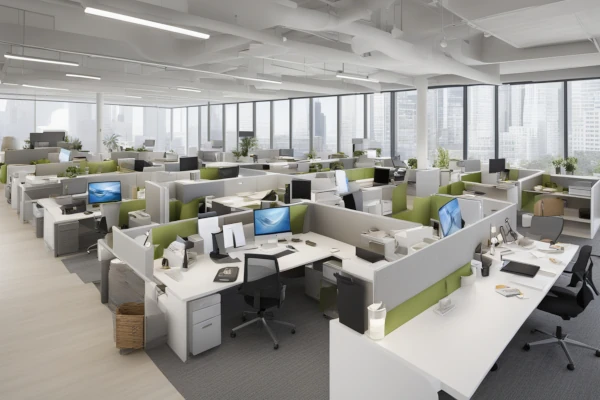Vertical takeoff and landing (VTOL) aircraft will bring challenges and transform of urban air transportation, mainly quicker daily commutes, less traffic congestion, and cleaner air around the world. The problem, countless hours are wasted everyday when individuals commute to and from work. For example “Los Angeles and Sydney, residents spend seven whole working weeks each year commuting, two of which are wasted unproductively stuck in gridlock.”
Uber maintains that on-demand aviation, in particular, VTOL aircraft for Vertical Take-off and Landing, will alleviate ground transportation congestion. By implementing a small network of these electric aircraft, rapid, reliable transportation between suburbs and cities and, ultimately, within cities will become a reality.
On-demand aviation is less infrastructure heavy compared to the maintenance costs of current roads, rail, bridges and tunnels. Also repurposed tops parking garages, existing helipads, and even unused land surrounding highway interchanges can used for a network of vertiports or single-aircraft vertistops.
Currently over 12 companies are designing VTOLs. They will run by electric propulsion and have zero operational emissions. When flying in the air, noise from the advanced electric vehicles will be “barely audible.” During take-off and landing, noise will be equivalent to “existing background noise.”
With the typical small aircraft and helicopters costing at least 20 times more than a car, the affordability question comes into play. This is due to the low production volume manufacturing of today’s aircraft. Over the long run it is thought that VTOLS’s will be “even less expensive than owning a car.” Perhaps aircraft rentals will also be possible. Aircraft high production volume manufacturing will also alleviate the cost problem with a lower per-vehicle cost overall
Although the future of VTOLS is indeed promising and should be commonplace in the next decade, there are hindrances to VTOL implementation: The Certification Process, Battery Technology, Vehicle Efficiency, Vehicle Performance and Reliability, Air Traffic Control (ATC), Cost and Affordability, Safety, Aircraft Noise, Emissions, Vertiport/Vertistop Infrastructure in Cities, and Pilot Training.




